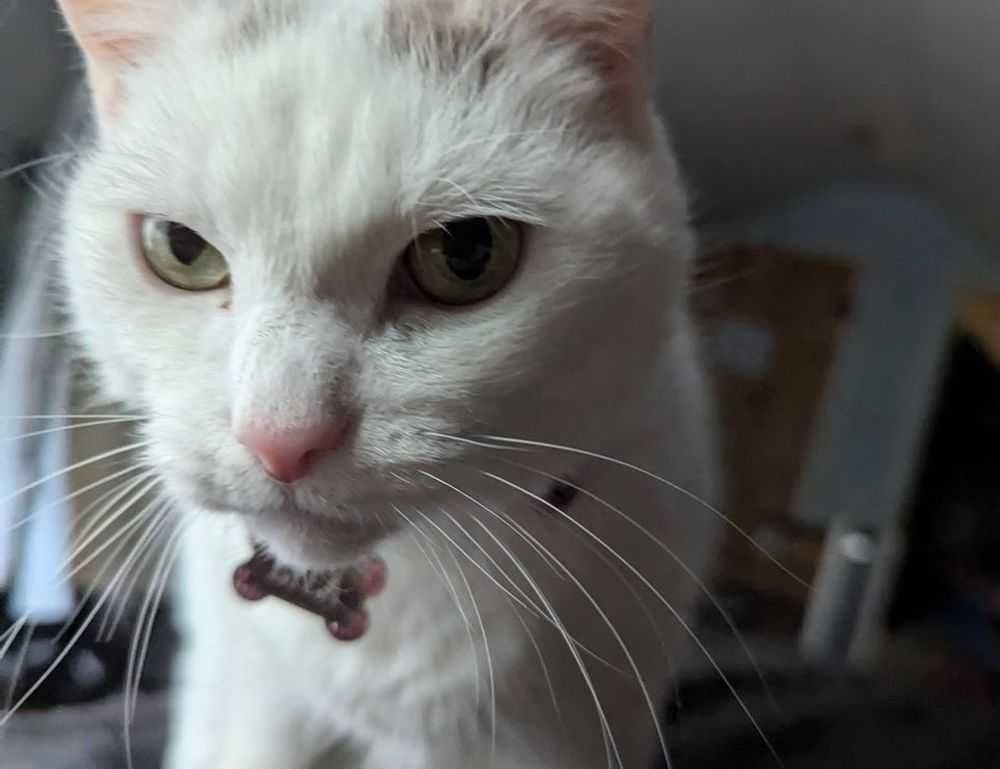7865856898 as a Digital Marker
This might be the most valuable takeaway. Whether random or intentional, certain numbers like 7865856898 become digital landmarks. They’re used to:
Measure reaction times to viral content Track audience behavior online Test engagement with minimal effort
What feels like nonsense might actually be a measurement tool.
Or it might still be nonsense.
That’s the game.
What’s Up with 7865856898?
Let’s get straight to the point. 7865856898 is one of those numbers that seems to carry a pattern—enough to catch attention but vague enough to slip under the radar. It isn’t immediately tied to a major brand, celebrity, or social trend—at least not visibly. But people are noticing it. It’s being shared, searched, and sometimes, even saved.
So, what could it be?
Maybe it’s just a number.
Maybe it’s not.
Is it a bot? A prank? A marketing tactic riding the wave of curiosity? The clue might be in how and where you’re seeing it.
The Internet’s Obsession with Mystery Numbers
We’ve seen this before. Numbers like 7865856898 end up linked to everything from viral puzzles to sneaky ads to underground social experiments. Think about earlier trends—numbers that, when dialed, played cryptic messages or sent users to strange websites. These digital breadcrumbs are engineered to feel organic, even if they’re anything but.
What’s interesting is how fast a number can go from totally random to culturally specific. One strong social campaign or an influencer shoutout can create a domino effect. The number starts showing up in memes, comments, or even graffiti. Then it’s no longer just a number—it’s a cultural artifact.
Search Curiosity and Misdirection Tactics
You type a mystery number like 7865856898 into Google expecting answers. But instead, you end up on forums with more questions than facts. This is a pattern that marketing and misinformation experts know all too well. A sudden surge in searches without any reliable content around it? That’s by design in many cases.
It’s a tactic used to:
Test online virality patterns Manipulate algorithms Mask or hijack trending topics
But that doesn’t mean everything is a dark plot. Sometimes a number picks up momentum organically—through coincidence, shared interest, or pure randomness.
The Power of Numbers in Digital Culture
Numbers aren’t what they used to be. They’re not just utility—phone digits, PINs, serial codes. In today’s culture, a number can be an identity. It can be a code word. A movement. An inside joke.
Remember when random strings like “420” or “143” took on lives of their own? They’re shorthand for stories, beliefs, and trends. Same goes for cryptic numbers like 7865856898. Until something pins it down, it functions like a blank label. Everyone can apply a different meaning, which only fuels the mystery.
Why This Number Feels Familiar
Part of what’s driving the rise of interest around certain numbers is pattern recognition. Humans love patterns. We’re wired to find faces in clouds and significance in the arbitrary. So if a number looks aesthetically “interesting,” like 7865856898, the brain starts to latch on.
It feels like it should mean something.
And once people start sharing it—even without context—it creates a ripple. It becomes familiar through repetition, not clarity. Think of it like a digital Rorschach test: each person sees something different in the same symbol.
Is There a Real Story Behind It?
Let’s be fair. Sometimes the story behind a viral number isn’t exciting. It could be:
A recycled spam number A default line from a demo A placeholder in an app or internal tool
But here’s the catch—that doesn’t kill the interest. Even if 7865856898 turns out to be tied to a normal phone line or a dead marketing campaign, people still hold onto the narrative they shaped around it. The myth becomes stickier than the truth.
Final Thought: Don’t Overthink, But Don’t Ignore
With numbers like 7865856898, you get two camps: the group that digs deep looking for explanations, and the group that shrugs and scrolls past. The smart move? Sit in the middle. Don’t overthink every weird number you see online—but don’t ignore the patterns either.
In digital spaces, randomness is rarely just random.
And if you’re tempted to call or text it… maybe don’t. Filters and data logs are real. Those calls may land somewhere you didn’t expect.
So, what’s next for 7865856898?
Maybe it’ll trend for a week and fade.
Maybe it’s phase one of something bigger.
Either way, it’s already done what it needed to—grab your attention and live in your brain rentfree.


 Parisilyn Cruz has played a pivotal role as an article writer and key contributor in the development of Innov Art Foundry. Her deep passion for the art world is reflected in the insightful and engaging content she creates, covering everything from the latest art trends to in-depth explorations of virtual reality's impact on artistic expression. Parisilyn's writing not only informs but also inspires readers, making complex topics accessible and intriguing for a broad audience.
Beyond her writing, Parisilyn has been instrumental in shaping the direction of Innov Art Foundry. Her contributions have helped to establish the platform as a trusted resource for both seasoned artists and newcomers to the art scene. By blending her creativity with a keen understanding of the art landscape, Parisilyn Cruz has ensured that Innov Art Foundry remains at the forefront of contemporary art discourse, continually providing valuable insights and fostering a vibrant community of art enthusiasts.
Parisilyn Cruz has played a pivotal role as an article writer and key contributor in the development of Innov Art Foundry. Her deep passion for the art world is reflected in the insightful and engaging content she creates, covering everything from the latest art trends to in-depth explorations of virtual reality's impact on artistic expression. Parisilyn's writing not only informs but also inspires readers, making complex topics accessible and intriguing for a broad audience.
Beyond her writing, Parisilyn has been instrumental in shaping the direction of Innov Art Foundry. Her contributions have helped to establish the platform as a trusted resource for both seasoned artists and newcomers to the art scene. By blending her creativity with a keen understanding of the art landscape, Parisilyn Cruz has ensured that Innov Art Foundry remains at the forefront of contemporary art discourse, continually providing valuable insights and fostering a vibrant community of art enthusiasts.